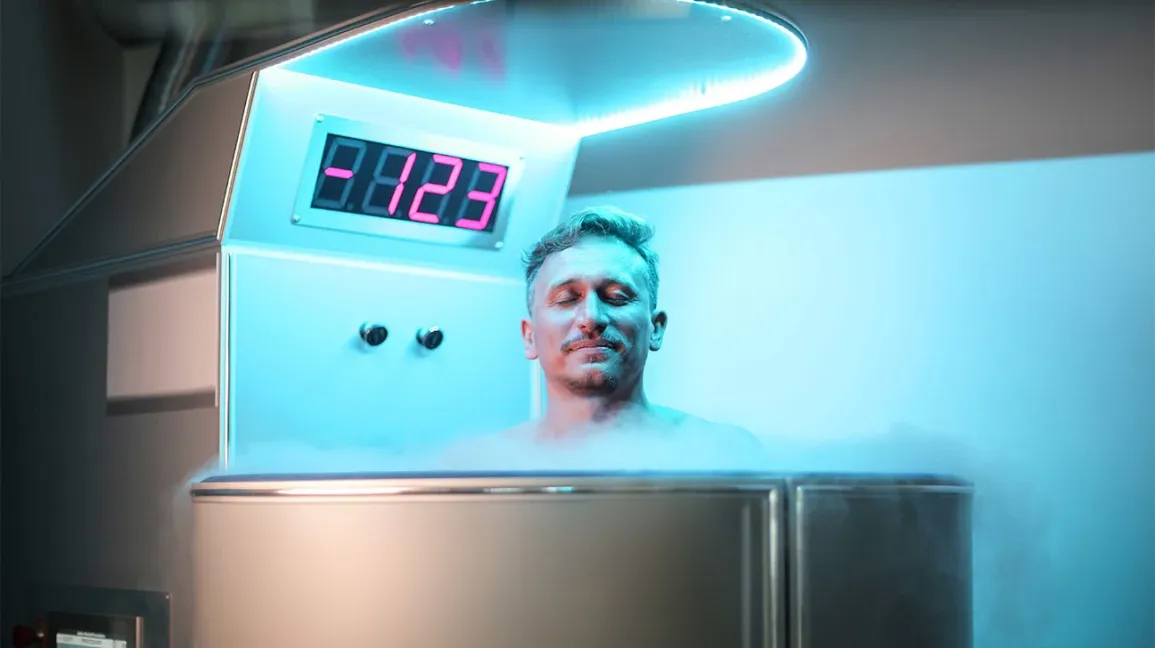Cryotherapy, a technique that involves exposing the body to extremely cold temperatures, has emerged as a sought-after method for potential fat loss. With companies like Cryomed pioneering advanced cryotherapy equipment, there’s growing curiosity about its true effectiveness. Does this chilly treatment genuinely assist in shedding pounds, or is it just another fleeting wellness trend? In this comprehensive article, we will unravel the science behind cryotherapy, evaluate its real-world applications, and weigh its potential benefits against the associated risks. Join us as we dive deep into the cold facts and determine whether cryotherapy truly delivers on its fat loss promises.
Cryotherapy, the exposure of the body to extremely cold temperatures, has recently gained popularity as a potential method for fat loss. Cryomed is a leading provider of cryotherapy equipment, offering innovative solutions for those seeking the benefits of cold therapy. In this article, we will explore the scientific evidence behind its effectiveness in reducing body fat and whether it lives up to the hype.
Understanding Cryotherapy

Cryotherapy comes in various forms, including whole-body cryotherapy (WBC) and localized cryolipolysis treatments. Advocates claim that subjecting the body to extreme cold can stimulate fat loss by triggering several physiological responses, such as vasoconstriction and increased calorie expenditure.
Theoretical Basis for Fat Loss
Proponents of cryotherapy argue that the body’s response to cold exposure can lead to an increase in metabolic rate as it strives to maintain core temperature. This, in theory, could contribute to fat loss over time. However, the extent to which this effect occurs and its practical significance remain subjects of debate.
Scientific Studies and Research
Scientific investigations into the effects of cryotherapy on fat loss have yielded mixed results. While some studies suggest that cryotherapy can lead to modest reductions in body fat, others find little to no significant impact. We will delve into these studies, assessing their methodologies, sample sizes, and conclusions to provide a comprehensive overview of the current state of research.
Practical Applications and Effectiveness

For individuals considering cryotherapy as a fat loss strategy, understanding the practical aspects is crucial. We will explore typical cryotherapy procedures, including session duration and frequency. Additionally, we will discuss the real-world effectiveness of these treatments, taking into account factors like individual variability and the importance of maintaining a balanced diet and regular exercise alongside cryotherapy.
Possible Risks and Side Effects
Like any medical or wellness procedure, cryotherapy is not without risks. It’s important to address potential adverse effects, which can include frostbite, skin damage, and discomfort during and after treatment. By understanding the risks associated with cryotherapy, individuals can make informed decisions about its use for fat loss.
Conclusion
In conclusion, the effectiveness of cryotherapy for fat loss remains a topic of ongoing research and debate. While some studies suggest potential benefits, the evidence is not yet robust enough to conclusively support cryotherapy as a standalone fat loss method. It may have a place in a comprehensive weight management plan, but individuals should approach it with realistic expectations and a full understanding of its possible risks.
